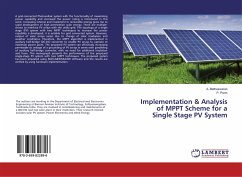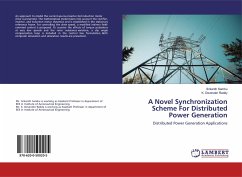Transmission networks are an important part of an electric power system. They help transfer power from the point of generation (power plants) to the substation. In order to minimize losses during power transfer, the lines are operated at high voltages. The high voltage lines not only have a high power transmission capacity, but they are also prone to faults of larger magnitudes. Thus the occurrence of such faults results in a need for the faults to be cleared quickly in order to limit damage caused to the system. Hence, relays are installed at the buses to provide protection to the lines. Transmission lines in a power system are most commonly protected by distance relays that use directional comparison schemes. However, due to the simplicity of line differential schemes, there has been an increase in the use of differential relays for complex networks. Moreover, since the relays require only current as the operating parameter, their settings can be determined easily. This report discusses the design of a line current differential protection scheme for a transmission line using SEL 311L relays.
Bitte wählen Sie Ihr Anliegen aus.
Rechnungen
Retourenschein anfordern
Bestellstatus
Storno








